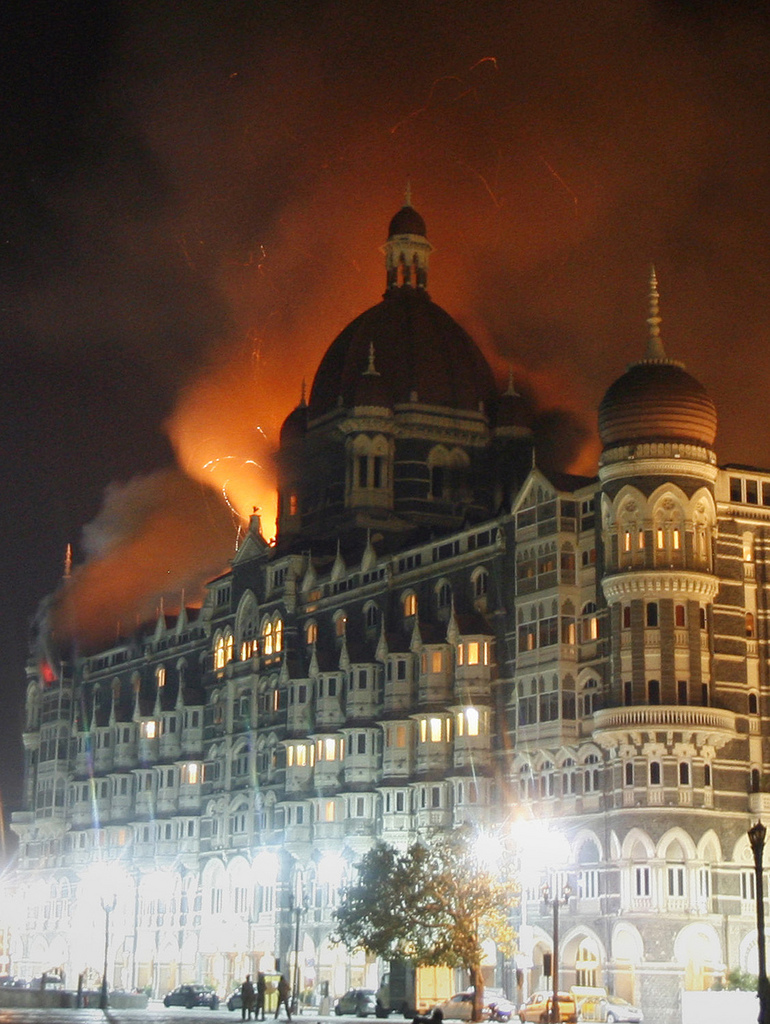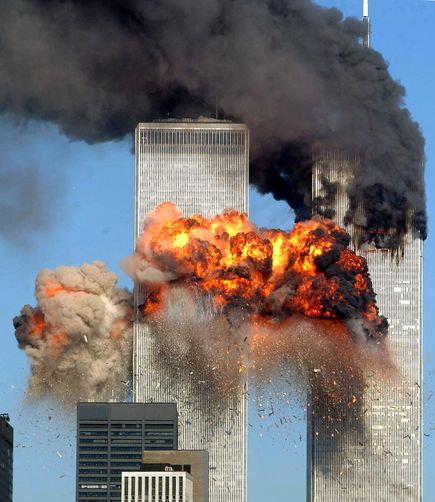Ever wondered why disaster movies show iconic architectural landmarks crumbling to pieces? Why terrorist attacks target buildings that stand for something more than just brick and mortar? Why September 11 was not just about a terrorist attack but a terrorist attack on the beating heart of New York? Why 26/11 was not just about terrorism but about making a strategic point?
**
Architecture when it is imposing is always an aspirational, ambitious surge. Towards the impossible or what appears to be beyond the grasp of ordinary human endeavour. Every civilisation has expressed itself in architecture that speaks of its highest values, its artistic idioms, its distinct stories, its economic success. From India’s temple architecture to its Mughal flourishes to palaces to simple mud homes , there is narrative, unified and yet diverse that plays out across various topographies and culture scapes. All across the world, architecture defines a city’s character. The greatest cities in the world have signature architectural notes that proudly proclaim what it stands for.
**
The rise and fall of a civilisation is always connected in some manner with its architecture. The Renaissance for instance was a time of not just great art, literature and music but great architecture. There is something hugely symbolic about the act of creating a building as well destroying it.
**
When civilisations build in their own likeness, they do not just build for utilitarian reasons. They build for deeply emotional reasons too. Some of the most beautiful buildings in the world have sometimes no practical value. Case in point is the Taj Mahal and yet we cannot imagine India without it just as we cannot imagine Pisa without its Leaning Tower. Paris cannot be envisioned without Eiffel Tower , London without Big Ben, New York without the Empire State Building and so on.
***
Through time, vandalisation of religious, political, economic and architectural landmarks has been used as a weapon of war by governments, rebel groups and terrorists. To show that in the end, its is easier to destroy than to build a civilsation. The architectural heritage of places like Afghanistan and Iraq has been scarred and at places reduced to rubble. The memorial where the twin towers of World Trade Centre once stood cannot wipe out the images of rogue planes ramming into the economic pride of New York.
**
The residual images from 26/11 are of attacks on many carefully chosen places… at the Tajmahal hotel, a heritage landmark where the rich and the privileged dine and discuss business, at the bustling Chattarpati Shivaji Station where the hardest working Mumbaikars flock every day to reach a distant dream of prosperity, at Chabad House, a Jewish centre, at Leopold’s, a restaurant where foreign tourists converge. All places which when attacked without warning would yield a staggering psychological toll.
**
The Bamiyan Buddhas, two 6th century monumental statues carved spectacularly into the side of a cliff in the Bamwam valley in the Hazarajat region of central Afghanistan, 230 km northwest of Kabul, were defaced and destroyed too and are a sad reminder of a more peaceful, harmonious chapter in the valley’s history.
**
Monasteries, churches, temples, mosques, gurudwaras and religious monuments of all faiths have suffered vandalisation and destruction in some form or another through centuries. Our country’s inability to preserve its architectural heritage is also a sign of passive terrorism that is slowly but surely erasing our past.
**
Japan’s architecture knows the destructive power of the atomic bombs, earth quakes and tsunamis and yet has the resilience to build itself up from scratch everytime though the wounds ache invisibly on the nation’s collective psyche. The most painful part of the Indo-Pak Partition was the uprooting of millions from homes and cities that were once familiar and safe.
**
The fact is that every civilisation in every epoch has two colliding impulses. One builds and the other destroys. All the epics are about the battles waged between these forces. In modern times, films like Christopher Nolan’s The Dark Knight exemplify this conflict very effectively where random acts of violence are committed because “some men just like to watch the world burn.”
**
Even young children like to build sandcastles and then smash them. This conflict between creativity and violence is a timeless one and will continue as long as there is something left to build and destroy.
**The above piece was carried in the student edition of a national newspaper
Reema Moudgil has been writing for magazines and newspapers on art, cinema, issues, architecture and more since 1994, is an RJ, hosts a daily Ghazal show, runs unboxed writers, is the editor of Chicken Soup for The Indian Woman’s soul, the author of Perfect Eight (http://www.flipkart.com/perfect-eight-9380032870/p/itmdf87fpkhszfkb?pid=9789380032870&_l=A0vO9n9FWsBsMJKAKw47rw–&_r=dyRavyz2qKxOF7Yuc ) and an artist.







